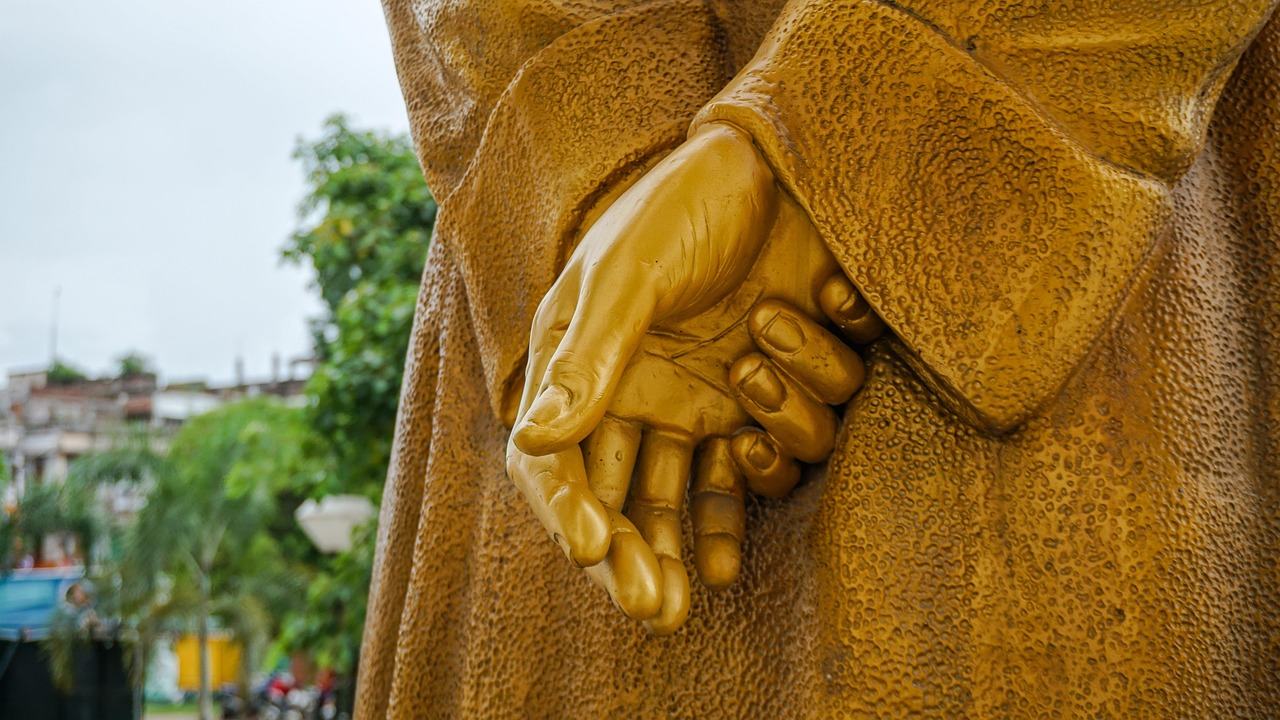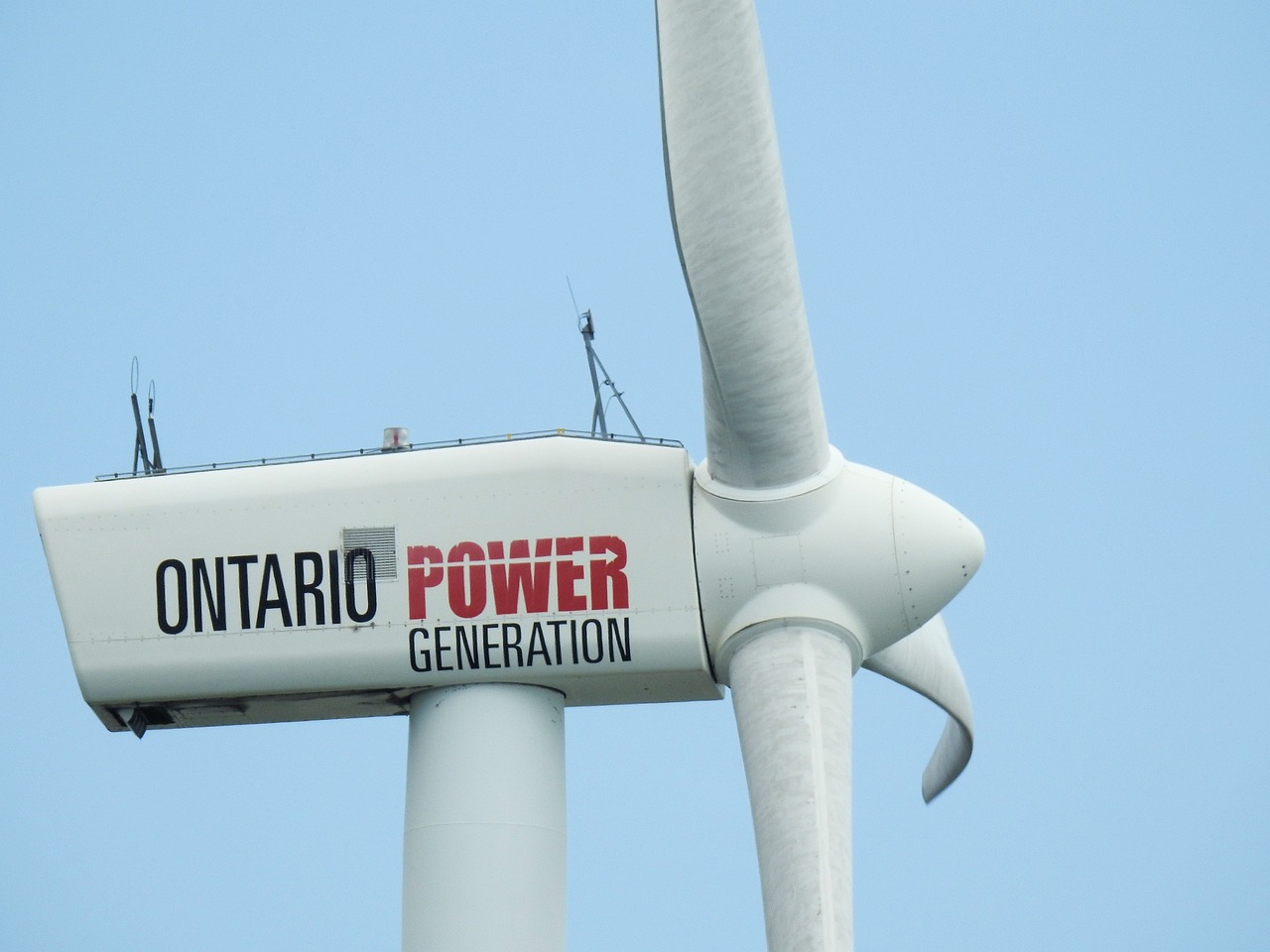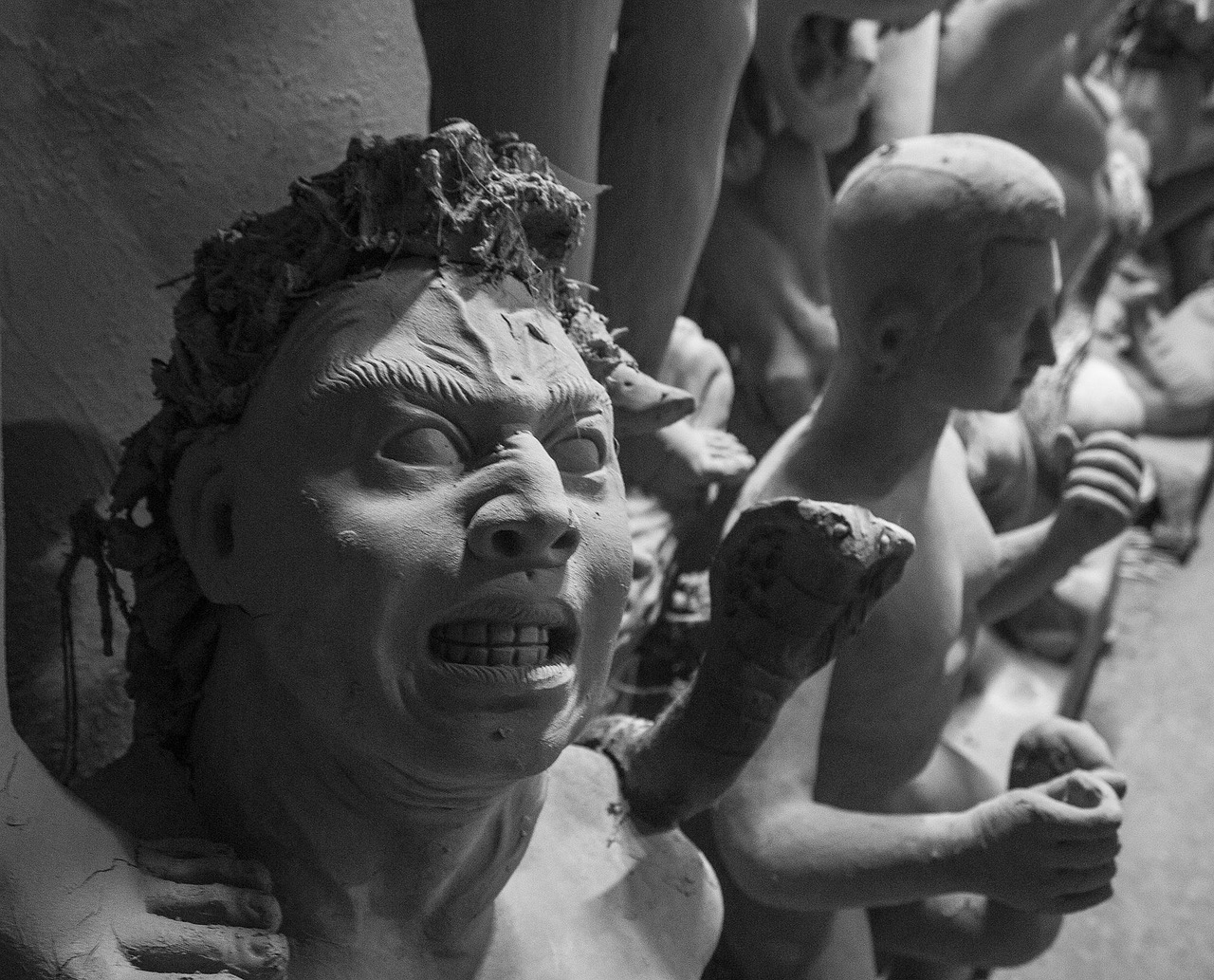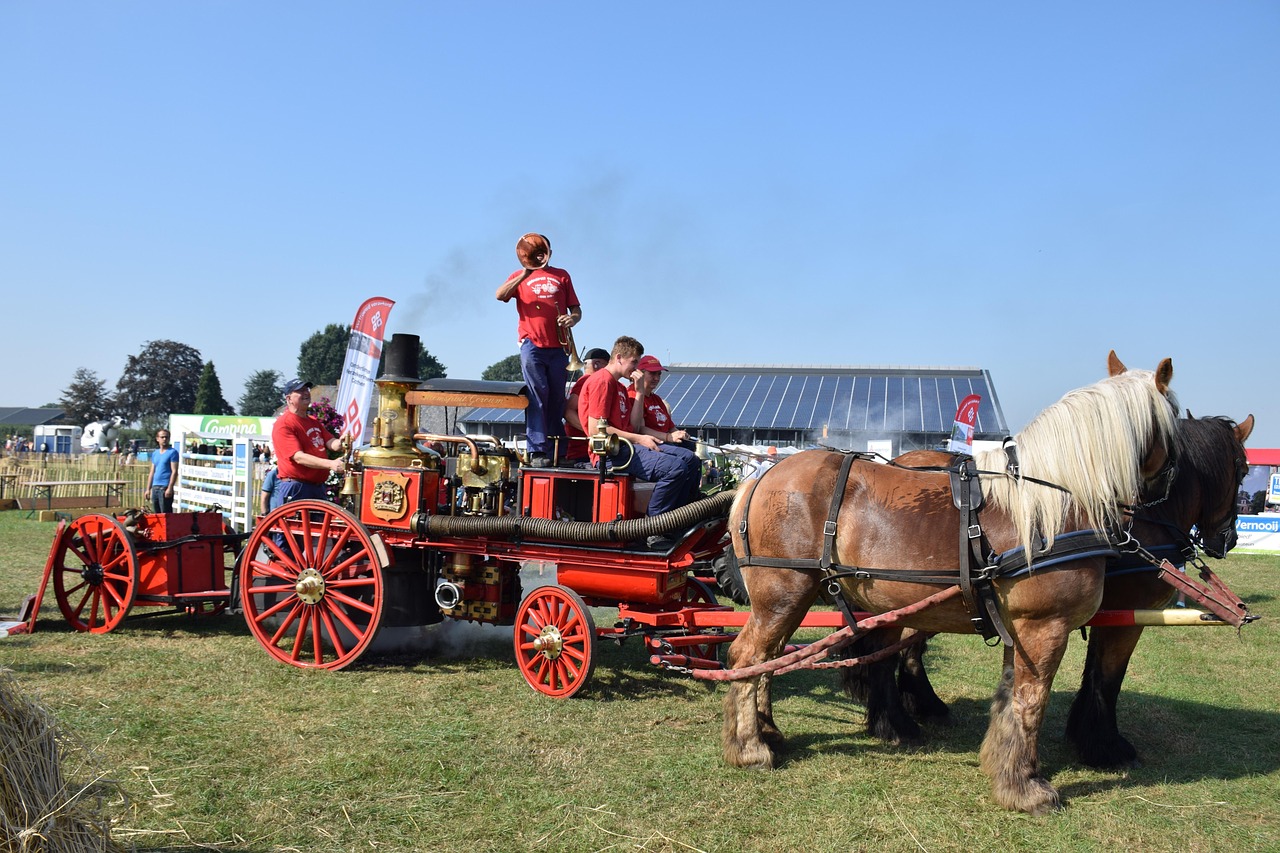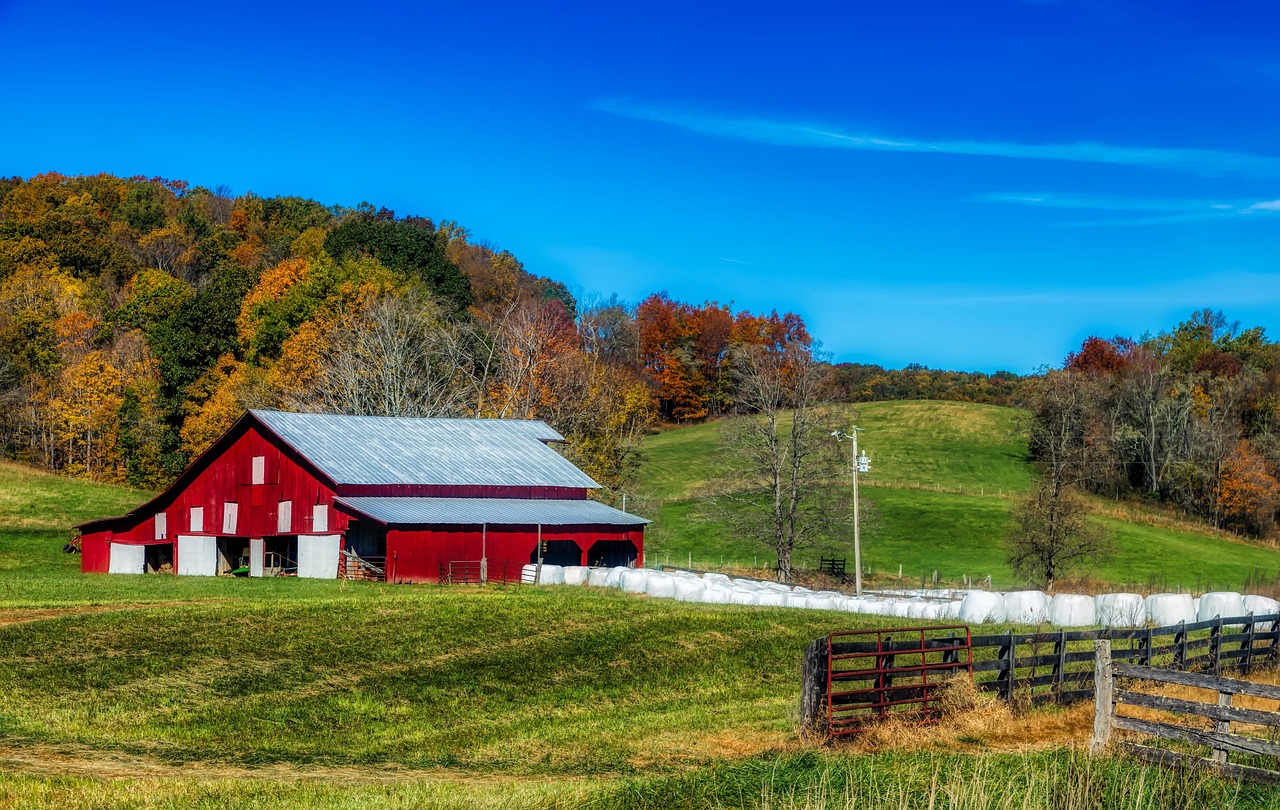This article delves into the recent West Bengal election results, providing key insights into voter behavior, party performance, and potential future implications for the state’s political landscape.
The West Bengal elections are not just a routine democratic exercise; they are pivotal in shaping the political narrative of the state. The elections saw a fierce contest primarily between the Trinamool Congress (TMC) and the Bharatiya Janata Party (BJP), with several other parties also vying for influence. Understanding the significance of these elections requires looking at the historical context, electoral processes, and the implications for governance.
Analyzing voter turnout reveals significant trends influenced by various factors. The recent elections witnessed a turnout of approximately 80%, which is indicative of heightened political engagement among the electorate. Factors such as age, gender, and socioeconomic status played crucial roles in these patterns.
- Age: Younger voters showed increased participation compared to previous elections.
- Gender: Women voters made up a substantial portion, reflecting greater engagement.
- Socioeconomic Status: Voter turnout varied across income levels, with lower-income groups showing significant mobilization.
The performance of the major political parties provides insight into the evolving political landscape of West Bengal. The TMC maintained a stronghold in urban areas, while the BJP made notable gains in rural constituencies.
Both parties employed diverse campaign strategies, leveraging social media and grassroots outreach to connect with voters. The effectiveness of these strategies significantly influenced voter decisions.
In the aftermath of the elections, the political climate in West Bengal remains dynamic. Potential coalitions and governance challenges are at the forefront as parties reassess their strategies moving forward.
The election results are likely to have long-term implications on policy-making, governance, and the socio-economic landscape of the state. Stakeholders must navigate these changes carefully to ensure sustainable growth.
Conclusion: The recent election results in West Bengal highlight critical insights into voter behavior and party dynamics. Moving forward, it is essential for all political entities to adapt to the evolving landscape to effectively address the needs and aspirations of the electorate.

Overview of the West Bengal Elections
The West Bengal elections are a significant event in the state’s political calendar, reflecting the dynamic nature of its political landscape. These elections involve a complex interplay of various political parties, voter sentiments, and regional issues that shape the outcome.
In the most recent elections, the primary parties contesting were the Trinamool Congress (TMC), the Bharatiya Janata Party (BJP), and the Left Front. The TMC, led by Chief Minister Mamata Banerjee, has been a dominant force in West Bengal politics for over a decade. Meanwhile, the BJP has emerged as a formidable challenger, especially in the wake of its growing influence across India. The Left Front, once a powerful entity in the state, has struggled to regain its foothold in recent years.
The election process in West Bengal is characterized by a multi-phase voting system, ensuring that all regions have the opportunity to participate. This system not only allows for a broad representation but also adds to the excitement and unpredictability of the results. Voter engagement is crucial, with campaigns often focusing on local issues, development agendas, and promises of welfare schemes.
The significance of these elections extends beyond mere political power; they serve as a barometer for public sentiment regarding governance and policy implementation. Historically, West Bengal has witnessed shifts in political allegiance, making these elections a critical indicator of future trends.
Moreover, the outcomes of the West Bengal elections can have far-reaching implications for national politics, influencing party strategies and alliances. As the state continues to navigate its socio-economic challenges, the role of these elections in shaping its future cannot be overstated.
| Political Party | Key Leader | Recent Performance |
|---|---|---|
| Trinamool Congress (TMC) | Mamata Banerjee | Dominant in recent elections |
| Bharatiya Janata Party (BJP) | JP Nadda | Strong challenger |
| Left Front | Sitaram Yechury | Struggling to regain influence |

Voter Turnout Trends
The recent elections have showcased significant variations in voter turnout across different demographics and regions. Understanding these trends is crucial for analyzing the overall political landscape and the factors that influenced participation rates among various groups.
Demographic Influences on Voter Turnout
- Age: Younger voters, particularly those aged 18-24, demonstrated a marked increase in participation compared to previous elections. This surge can be attributed to heightened political awareness and mobilization efforts by various organizations.
- Gender: Women voters played a pivotal role in shaping the outcomes, with an increase in their turnout rates. This shift indicates a growing engagement in political processes and a demand for representation.
- Socioeconomic Status: Individuals from lower socioeconomic backgrounds faced barriers that affected their turnout. Addressing these challenges is essential for ensuring equitable participation in future elections.
Regional Variations in Voting Patterns
Different regions exhibited distinct voting behaviors influenced by local issues and party presence. For instance:
| Region | Turnout Rate | Dominant Party |
|---|---|---|
| Urban Areas | 75% | Trinamool Congress |
| Rural Areas | 65% | Bharatiya Janata Party |
Conclusion
In conclusion, analyzing voter turnout trends reveals important insights into the electoral process. The interplay of demographic factors and regional variations significantly influenced participation rates. Understanding these dynamics is essential for political parties and stakeholders aiming to engage effectively with the electorate in future elections.
Demographics of Voters
Understanding the demographic breakdown of voters is crucial in analyzing electoral outcomes. In the recent West Bengal elections, various factors such as age, gender, and socioeconomic status played significant roles in shaping voting patterns.
Age Distribution
The age of voters is a critical determinant of electoral behavior. In West Bengal, younger voters, particularly those aged 18-25, displayed an increased turnout compared to previous elections. This surge can be attributed to heightened political awareness and the influence of social media platforms. Conversely, older voters, particularly those above 60, tended to favor traditional parties, reflecting a more conservative voting pattern.
Gender Dynamics
Gender also significantly influenced voting decisions. Women voters, accounting for nearly 50% of the electorate, showed a marked preference for candidates who prioritized social welfare and women’s rights. Campaigns aimed at empowering women resonated well, resulting in a notable shift in their voting patterns compared to past elections.
Socioeconomic Status
The socioeconomic background of voters further complicated the electoral landscape. Voters from higher income brackets leaned towards parties promising economic development and infrastructure improvements. In contrast, those from lower socioeconomic backgrounds were more inclined to support parties advocating for social justice and welfare schemes. This division highlights the importance of addressing economic disparities in political discourse.
Conclusion
In summary, the demographic factors of age, gender, and socioeconomic status significantly impacted voting patterns in the West Bengal elections. Understanding these dynamics is essential for political parties aiming to tailor their strategies and engage effectively with diverse voter segments in future elections.
Youth Engagement in Elections
The role of young voters in elections has become increasingly significant in recent years. As the demographic landscape shifts, the motivations and engagement levels of younger voters are evolving, reflecting broader societal changes. Understanding these dynamics is essential for grasping the future of electoral politics.
Motivations Behind Young Voter Engagement
- Social Issues: Many young voters are driven by a desire for change regarding social justice, climate action, and equality. These issues resonate deeply with their values and aspirations.
- Access to Information: The rise of social media and digital platforms has empowered young voters to access information quickly. This connectivity fosters a more informed electorate.
- Peer Influence: Social circles play a crucial role in motivating young individuals to participate in elections. Engaging discussions among peers can significantly influence their voting decisions.
Shifts in Engagement Compared to Previous Elections
Historically, young voter turnout has been lower than other demographics. However, recent elections have shown a marked increase in participation rates among this group. Factors contributing to this shift include:
- Increased Awareness: Campaigns focused on youth issues have successfully raised awareness, encouraging more young people to vote.
- Mobilization Efforts: Organizations and movements targeting young voters have employed innovative strategies to engage them, such as utilizing social media campaigns and grassroots organizing.
- Impact of Major Events: Significant events, such as climate strikes and social justice movements, have galvanized young voters, leading to a sense of urgency in participating in elections.
Conclusion
The engagement of young voters is reshaping the electoral landscape. Their motivations are driven by a combination of social issues, peer influence, and access to information. As their participation continues to increase, understanding their needs and concerns will be crucial for political parties aiming to resonate with this vital demographic.
Gender Dynamics in Voting
The influence of gender on voting behavior is a multifaceted issue that has garnered increasing attention in recent electoral analyses. Understanding how gender impacts voting patterns is crucial for comprehending the broader electoral landscape and the representation of women in politics.
Research indicates that women and men often exhibit differing voting behaviors, influenced by various factors such as socialization, economic status, and political engagement. For instance, women are more likely to prioritize issues such as healthcare, education, and social welfare, while men may focus more on economic growth and national security. This divergence in priorities can lead to distinct voting patterns that reflect the unique perspectives and experiences of each gender.
Moreover, the representation of women in the electoral process remains a critical concern. Despite significant progress in recent years, women are still underrepresented in many political arenas. According to recent studies, women hold only about 25% of parliamentary seats globally, a statistic that highlights the ongoing challenges faced in achieving gender parity in politics.
Efforts to enhance women’s representation have been implemented in various forms, such as gender quotas and targeted campaigns aimed at increasing female voter turnout. These initiatives are essential not only for promoting equality but also for ensuring that women’s voices and issues are adequately represented in policy-making.
In conclusion, the dynamics of gender in voting behavior are complex and significant. As societies continue to evolve, it is imperative that both political parties and electoral systems adapt to recognize and address these differences. By fostering greater inclusivity and representation, we can work towards a more equitable electoral process that truly reflects the diversity of the electorate.
Regional Voting Patterns
Regional Voting Patterns in West Bengal Elections
The West Bengal elections have always been a focal point of political interest, revealing not only the preferences of the electorate but also significant shifts in political loyalties over time. This section aims to dissect the voting patterns across various regions within the state, highlighting areas of strong support for different political parties and the notable changes from previous elections.
| Region | Strongest Party | Vote Percentage | Shift from Previous Election |
|---|---|---|---|
| North Bengal | BJP | 55% | +15% |
| South Bengal | TMC | 65% | -10% |
| Central Kolkata | TMC | 70% | -5% |
| Rural Areas | Left Front | 30% | +20% |
In North Bengal, the Bharatiya Janata Party (BJP) has witnessed a significant surge in support, capturing a remarkable 55% of the vote. This marks a 15% increase from the last election, indicating a shift in voter sentiment towards the BJP’s policies and campaign strategies.
Conversely, in South Bengal, the Trinamool Congress (TMC) continues to dominate, securing 65% of the votes, although this represents a 10% decrease compared to previous results. This decline raises questions about the party’s ability to maintain its stronghold in traditionally loyal regions.
In urban centers like Central Kolkata, the TMC remains a formidable force, garnering 70% of the votes. However, the slight 5% decline signifies the potential for emerging challenges from rival parties.
Interestingly, the Left Front has made notable inroads in rural areas, achieving a 30% vote share—a 20% increase from the last election. This resurgence suggests a possible shift in the political landscape, as rural voters seek alternatives to the dominant parties.
In conclusion, the regional voting patterns in West Bengal illustrate a complex and evolving political landscape. As parties reassess their strategies in response to these shifts, the implications for future elections will be significant, shaping the state’s governance and policy direction.

Major Political Parties and Their Performance
The political landscape of West Bengal is characterized by a rich history and a dynamic interplay of various parties. In the recent elections, the major political parties showcased distinct campaign strategies and performances that have significant implications for the state’s future.
| Political Party | Campaign Strategy | Election Performance | Future Implications |
|---|---|---|---|
| Trinamool Congress (TMC) | Focus on grassroots outreach, leveraging local issues, and strong social media presence. | Maintained a significant majority despite facing challenges from opposition parties. | Continued dominance in state politics but must address internal dissent and public discontent. |
| Bharatiya Janata Party (BJP) | Aggressive campaigning, national leadership involvement, and targeting specific demographics. | Gained notable seats but fell short of expectations compared to previous elections. | Potential to strengthen its base if it effectively addresses local issues and builds alliances. |
The Trinamool Congress (TMC) emerged as a formidable force, utilizing a combination of grassroots engagement and digital outreach to connect with voters. Their strategy focused on local issues, resonating well with the electorate. Despite facing criticism and challenges, TMC’s performance indicates a robust support system within the state.
On the other hand, the Bharatiya Janata Party (BJP) adopted a more aggressive approach, leveraging national leadership to enhance visibility and appeal. Their campaign was marked by strategic targeting of specific demographic groups. Although they made gains, their overall performance did not meet the heightened expectations set during the campaign.
Looking forward, the implications of these performances are profound. The TMC must navigate internal challenges and public sentiment, while the BJP has an opportunity to solidify its presence by addressing local concerns and fostering alliances. The evolution of these parties will significantly shape West Bengal’s political future.
Trinamool Congress (TMC)
Assessing the Performance of the Trinamool Congress: Key Victories and Challenges
The has been a dominant force in West Bengal’s political arena, particularly in the recent election cycle. This analysis aims to provide a comprehensive overview of TMC’s performance, highlighting its significant victories and the challenges it faced during the elections.
Key Victories of TMC
- Retaining Power: TMC successfully retained its position as the ruling party, securing a substantial percentage of the total votes. This victory is attributed to its focus on grassroots issues and effective campaigning strategies.
- Stronghold Areas: The party maintained its stronghold in urban areas, particularly in Kolkata, where it garnered overwhelming support due to its development initiatives and welfare schemes.
- Women Empowerment: TMC’s emphasis on women’s empowerment resonated well with female voters, leading to an increase in their electoral participation.
Challenges Faced by TMC
- Opposition Pressure: The rise of the Bharatiya Janata Party (BJP) posed a significant challenge, as they managed to capture a notable share of the vote, particularly in rural areas.
- Internal Dissent: Reports of internal dissent within the party raised concerns about unity and coherence in their electoral strategy.
- Public Sentiment: Issues such as unemployment and inflation affected public sentiment, leading to criticisms of the TMC government’s handling of these pressing matters.
Conclusion
The performance of the Trinamool Congress in the recent elections highlights both its strengths and vulnerabilities. While it has effectively retained power and garnered significant support, challenges from opposition parties and internal issues must be addressed to ensure continued success in future electoral battles.
Bharatiya Janata Party (BJP)
has been a significant player in the political landscape of West Bengal, especially in the recent elections. This section evaluates the BJP’s campaign efforts, voter reception, and overall performance compared to previous elections and expectations.
The BJP entered the West Bengal elections with a robust strategy aimed at expanding its influence in a state traditionally dominated by the Trinamool Congress (TMC). Their campaign focused on key issues such as development, governance, and national security, appealing to a broad spectrum of voters. The party utilized a mix of traditional campaigning methods and modern digital strategies, including social media outreach, to connect with the electorate.
In terms of voter reception, the BJP saw a notable increase in support compared to previous elections. Many voters responded positively to the party’s promises of economic growth and better governance. However, challenges remained, as certain demographic groups, particularly in rural areas, showed resistance due to longstanding loyalty to the TMC. The BJP’s ability to attract these voters was crucial for their overall success.
When assessing the overall performance of the BJP, it is essential to consider the context of the previous elections. In the last assembly elections, the BJP had made significant inroads, securing a substantial number of seats. This time, while they did not achieve their ambitious target of forming the government, they maintained a strong presence in the assembly, indicating a consolidation of their voter base.
Comparatively, the BJP’s performance exceeded many expectations, particularly regarding their ability to mobilize young voters and urban populations. The party’s messaging resonated well with these demographics, reflecting a shift in political dynamics within the state.
In conclusion, while the BJP faced challenges in overcoming the TMC’s stronghold, their campaign strategies and voter engagement efforts have positioned them as a formidable force in West Bengal politics. The implications of this election will shape the party’s future strategies and its role in the state’s governance.
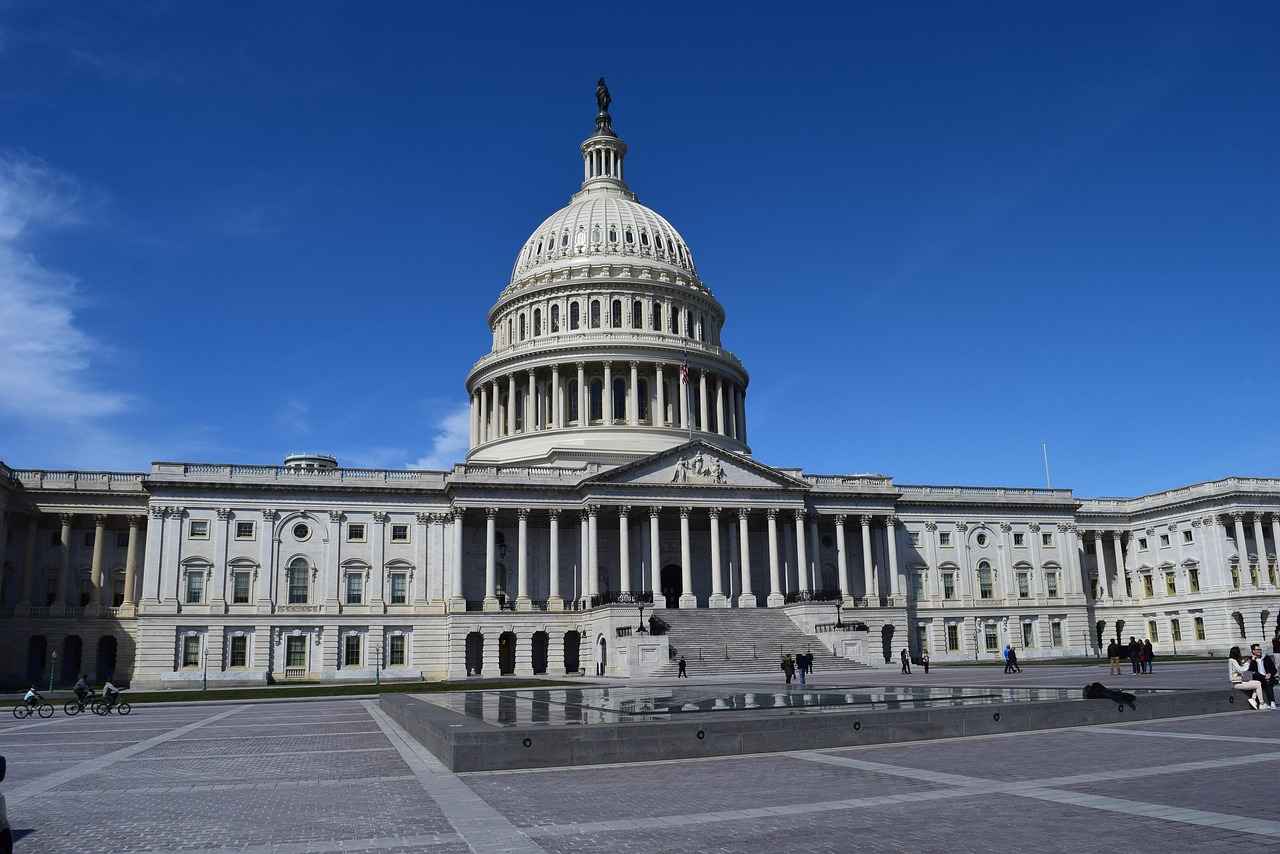
Impact of Campaign Strategies
The recent elections in West Bengal showcased a dynamic interplay of campaign strategies employed by various political parties. Understanding these strategies is crucial for deciphering the electoral outcomes and their implications for future political engagement.
One of the most significant aspects of the campaigns was the messaging. Each party crafted its narrative to resonate with voters’ aspirations and concerns. The Trinamool Congress (TMC), for instance, emphasized development and local governance, while the Bharatiya Janata Party (BJP) focused on nationalistic themes and promises of economic growth. This tailored messaging played a pivotal role in shaping voter perceptions and preferences.
Another key element was the outreach efforts. Parties utilized various channels to connect with voters, including door-to-door campaigns, community meetings, and public rallies. The TMC leveraged its grassroots network effectively, while the BJP capitalized on its organizational strength to mobilize supporters. This direct engagement allowed parties to address local issues and build a rapport with constituents.
In today’s digital age, the role of social media cannot be understated. Both parties harnessed platforms like Facebook, Twitter, and Instagram to disseminate information, engage with voters, and counter misinformation. Social media campaigns were designed to create viral content, often using memes and short videos to appeal to younger demographics. This strategy not only amplified their reach but also fostered a sense of community among supporters.
Moreover, the analysis of voter reactions to these strategies revealed that effective communication and engagement significantly influenced voter decisions. For instance, the use of relatable content and local dialects in campaigns helped bridge gaps between candidates and voters, enhancing relatability and trust.
In conclusion, the impact of campaign strategies in the West Bengal elections was profound. By analyzing messaging, outreach efforts, and social media utilization, we gain valuable insights into how these elements shaped voter behavior and the overall electoral landscape. As political dynamics continue to evolve, understanding these strategies will be essential for predicting future trends in West Bengal’s political arena.

Post-Election Political Landscape
The recent election results in West Bengal have set the stage for a complex political landscape that will unfold in the coming months. As parties reassess their strategies and voter sentiments, several key factors will shape the future of governance and political dynamics in the state.
- Coalition Possibilities: With the election results revealing a fragmented mandate, the potential for coalition governments is a pressing issue. Parties may seek to align with smaller factions to secure a majority, which could lead to unexpected partnerships. The Trinamool Congress (TMC) and the Bharatiya Janata Party (BJP) may explore alliances with regional parties, impacting policy direction and governance.
- Governance Challenges: The incoming government will face significant challenges, including managing public expectations and addressing pressing socio-economic issues. With a diverse electorate, the need for inclusive governance is paramount. The new administration must navigate regional disparities and ensure that all communities feel represented.
- Political Climate: The political climate in West Bengal is marked by heightened polarization and activism. As parties regroup and strategize, public sentiment will play a crucial role in shaping their approaches. The electorate is increasingly vocal, demanding accountability and transparency from their leaders.
Moreover, the role of social media and grassroots movements cannot be underestimated. Engaging with voters through these platforms will be essential for parties looking to maintain relevance and support in the long term.
As West Bengal moves forward, the interplay between coalition dynamics, governance challenges, and the overall political atmosphere will be critical in determining the state’s trajectory. Stakeholders must remain vigilant and responsive to the changing landscape to foster a stable and prosperous future.

Future Implications for West Bengal
The recent election results in West Bengal have set the stage for a transformative period in the state’s governance and policy-making. As the political landscape shifts, it is essential to explore the potential long-term implications these results may have on the socio-economic fabric of the region.
Policy-Making Dynamics
With the election outcomes, the new administration is likely to prioritize infrastructure development and social welfare programs. This shift can lead to enhanced investment in sectors such as education, healthcare, and public transport. However, the effectiveness of these policies will depend on the administration’s ability to engage with various stakeholders, including local communities and businesses.
Governance Challenges
The electoral results may also bring governance challenges, particularly in managing the expectations of a diverse electorate. The administration must navigate issues such as bureaucratic efficiency and corruption, which have historically plagued West Bengal. Implementing transparent governance practices will be crucial to restoring public trust.
Socio-Economic Landscape
Economically, the election results could lead to a shift in investment patterns. A focus on job creation and entrepreneurship could stimulate growth, particularly in rural areas. However, the success of these initiatives will depend on the administration’s ability to foster a business-friendly environment that encourages innovation and attracts investments.
Conclusion
In summary, the long-term implications of the recent election results in West Bengal are multifaceted. They will influence policy-making, governance, and the socio-economic landscape of the state. As stakeholders respond to these changes, the future of West Bengal will largely depend on the administration’s ability to implement effective and inclusive strategies that address the needs of its diverse population.
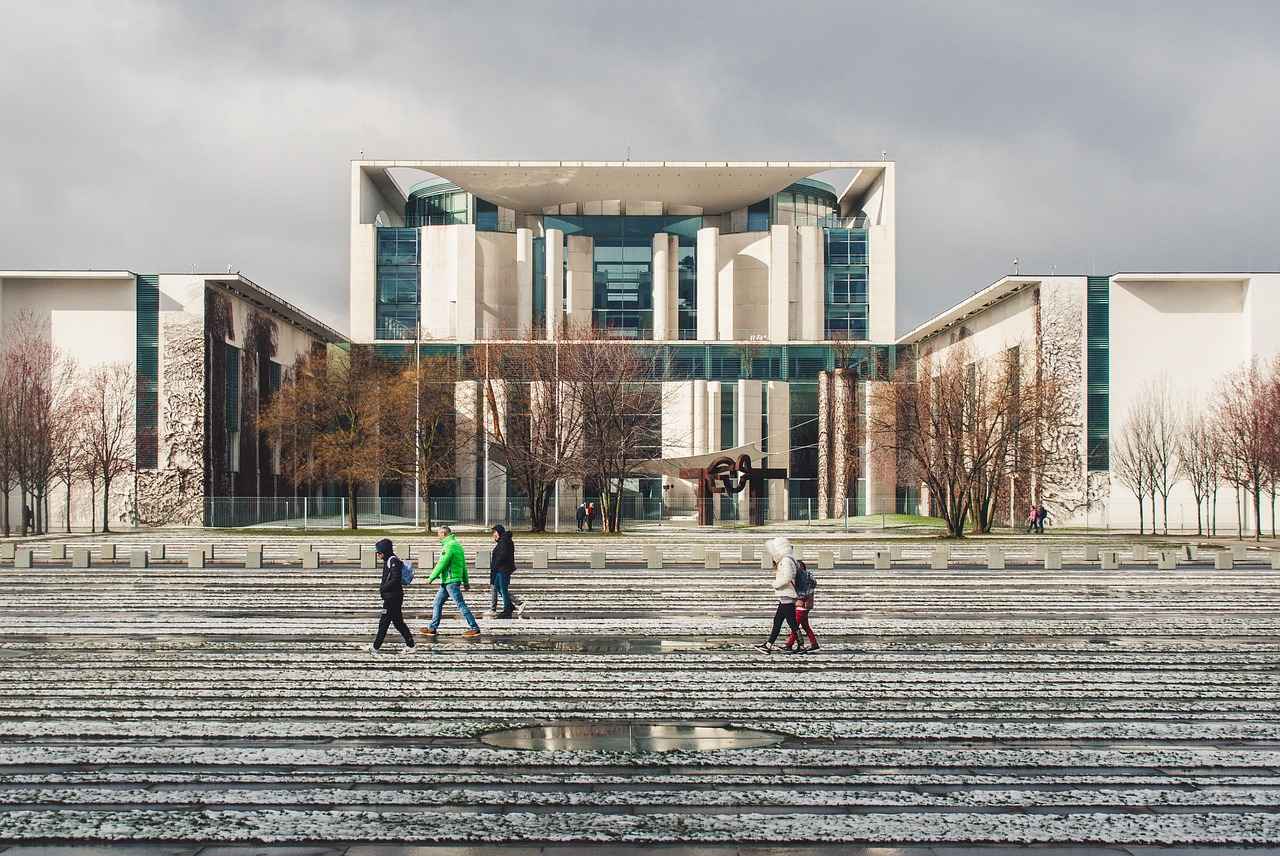
Conclusion: What’s Next for West Bengal?
As the dust settles on the recent elections in West Bengal, it is imperative for stakeholders to carefully analyze the outcomes and their implications for the political future of the state. The election results have revealed significant trends in voter behavior, party performance, and regional dynamics that will shape the governance landscape in the coming years.
Key Insights from the Election Results
- Voter Engagement: The increased participation of young voters suggests a shift in political priorities, with issues like employment and education taking center stage.
- Party Dynamics: The performance of the Trinamool Congress (TMC) indicates strong grassroots support, while the Bharatiya Janata Party (BJP) must reassess its strategies to build a more substantial presence in the state.
- Regional Variations: Voter preferences varied significantly across regions, highlighting the need for targeted policies that address local concerns.
Predictions for the Future
Looking ahead, it is likely that the TMC will continue to dominate the political scene, but this could be challenged by a revitalized BJP if it adapts its approach to resonate with West Bengal’s diverse electorate. Additionally, coalition politics may emerge as smaller parties seek to align themselves with larger forces to influence governance.
Recommendations for Stakeholders
- Policy Focus: Political leaders should prioritize inclusive policies that address the needs of all demographics, especially the youth and marginalized communities.
- Community Engagement: Building trust through transparent communication and community involvement will be crucial for maintaining voter support.
- Strategic Alliances: Exploring alliances with regional parties could enhance political stability and broaden the support base.
In conclusion, the recent elections have set the stage for a dynamic political environment in West Bengal. Stakeholders must navigate the complexities of voter expectations and regional diversity to ensure effective governance and sustainable development.
Frequently Asked Questions
- What were the main parties involved in the West Bengal elections?
The key players in the West Bengal elections were the Trinamool Congress (TMC) and the Bharatiya Janata Party (BJP), along with several smaller parties that played a role in shaping the political landscape.
- How did voter turnout change compared to previous elections?
Voter turnout saw significant variations, with demographic factors such as age and gender influencing participation rates. Overall, there was a noticeable increase in youth engagement, reflecting a shift in political interest among younger voters.
- What were the campaign strategies used by the major parties?
Parties like TMC and BJP employed diverse strategies, including targeted messaging, grassroots outreach, and extensive use of social media to connect with voters and influence their decisions.
- What implications do the election results have for the future of West Bengal?
The election results could lead to significant policy shifts and governance challenges, as the winning party navigates coalition possibilities and addresses the socio-economic needs of the state moving forward.
- How did gender dynamics play a role in the voting process?
Gender dynamics significantly influenced voting behavior, with increasing representation of women in both voter turnout and candidates. This shift highlights the evolving role of women in West Bengal’s political sphere.




